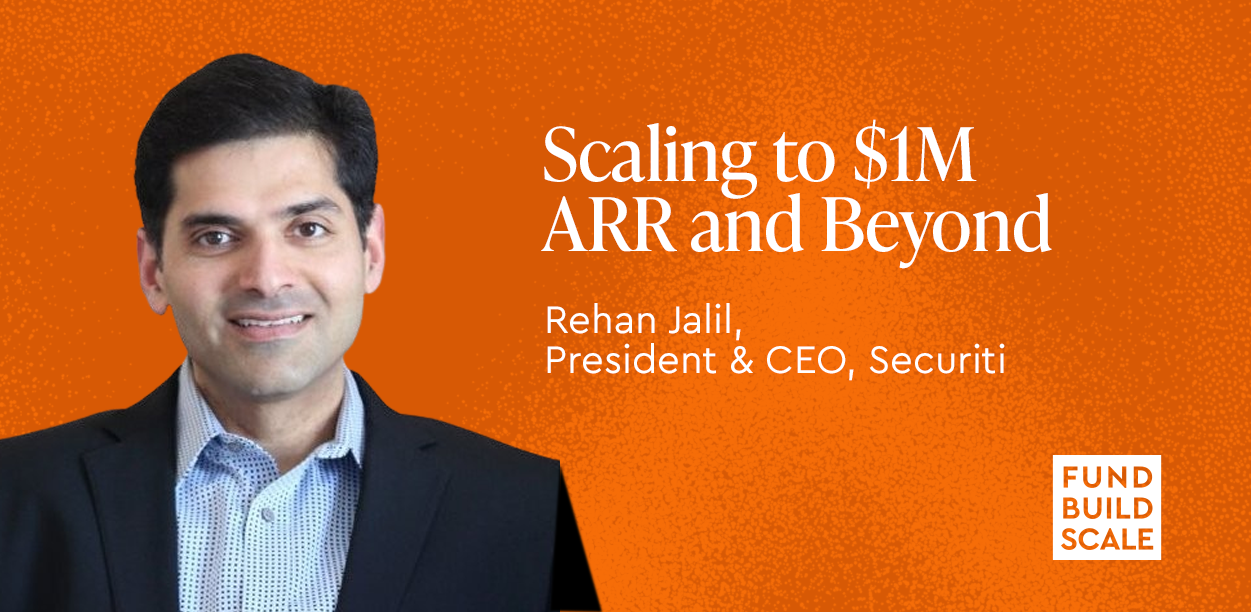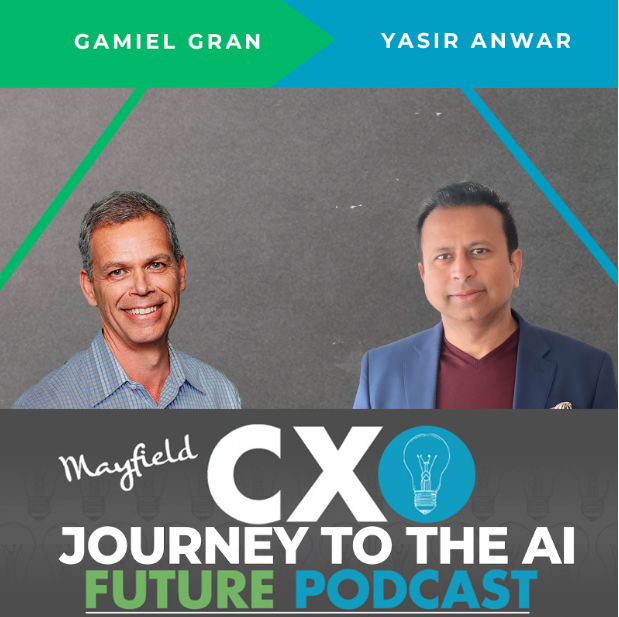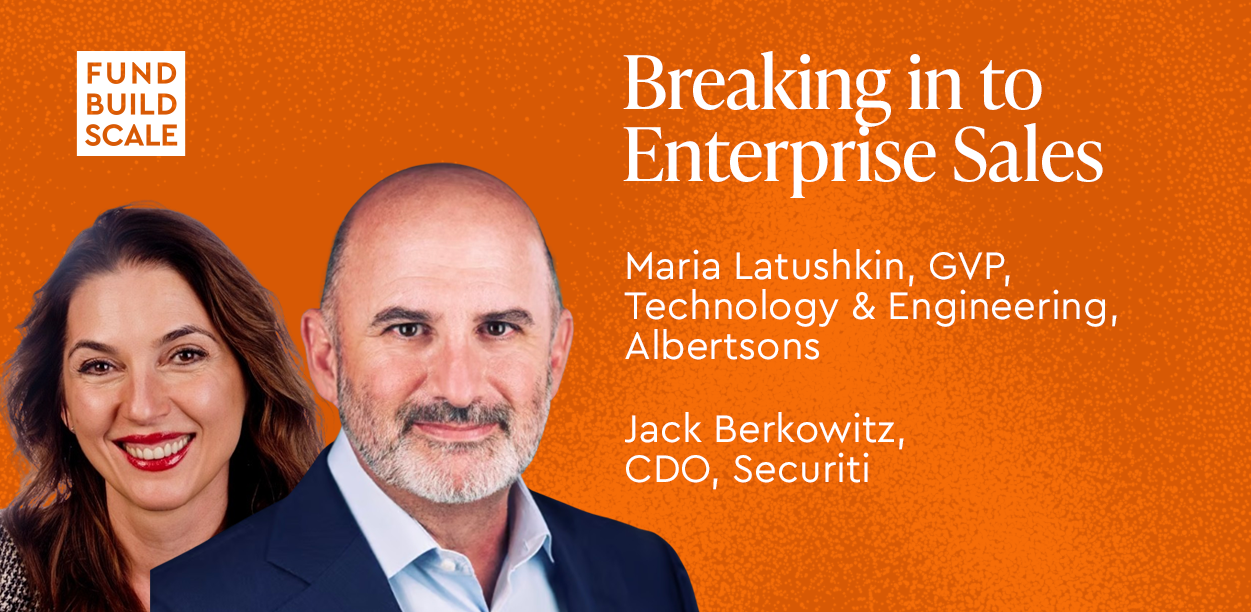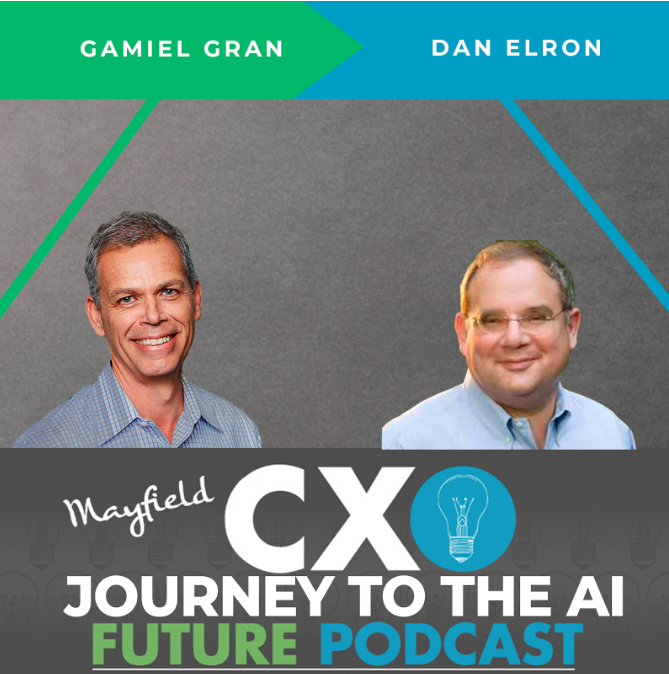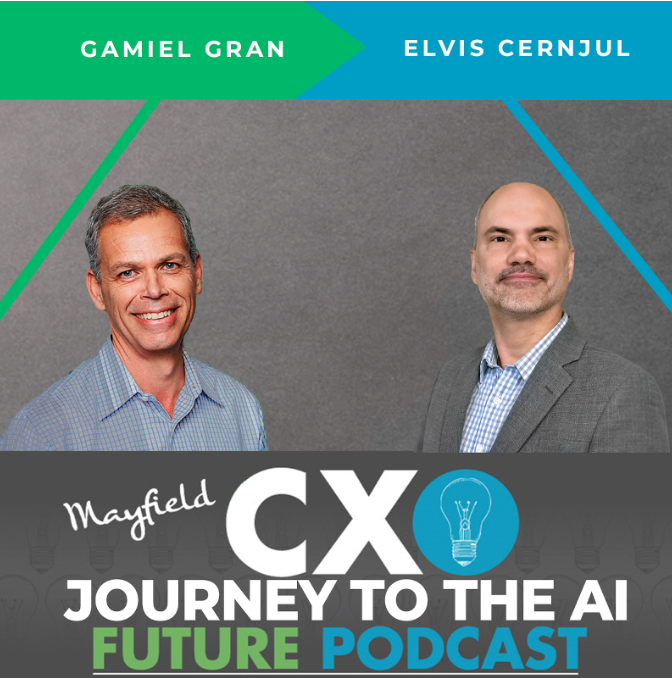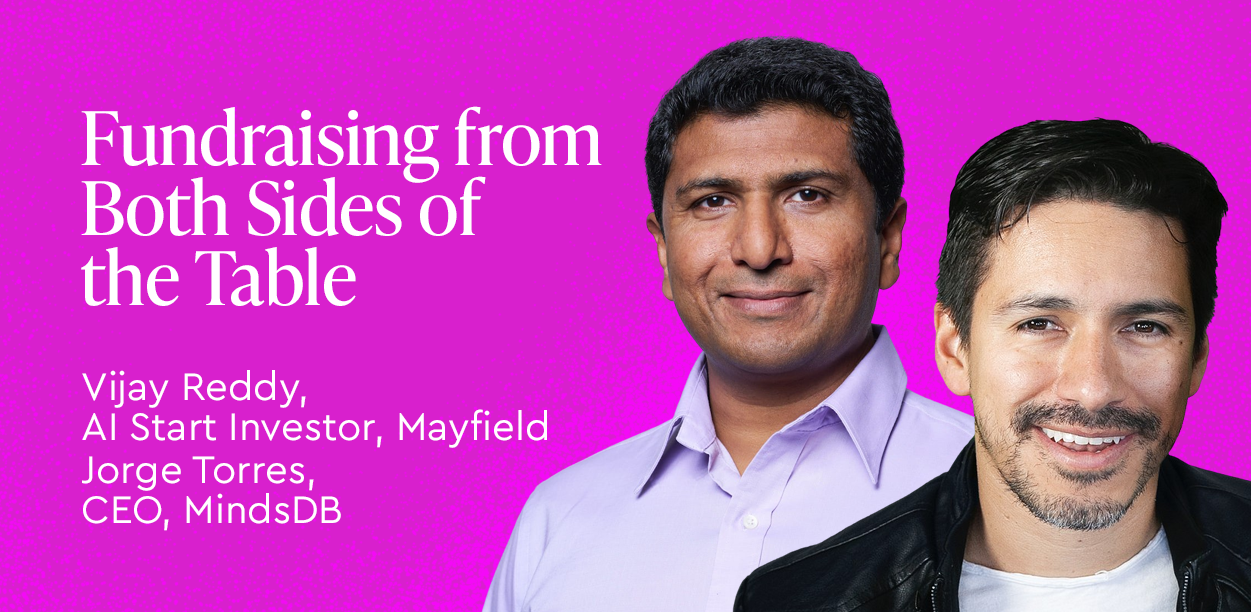Listen to the podcast here:
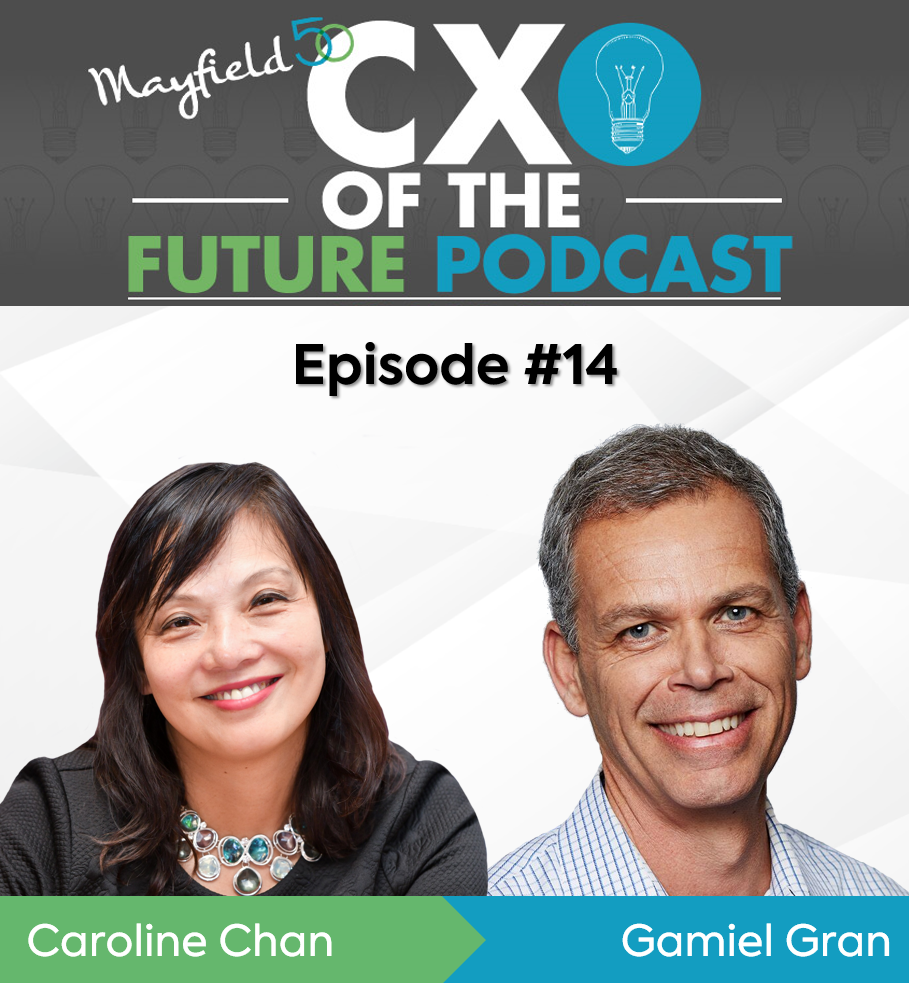
5G is the next generation wireless network technology that’s expected to change the way people live and work. But what will that change look like? Gamiel Gran talks to Caroline Chan, Vice President of the Data Platforms Group Division at Intel Corporation about the promising applications for 5G. They also discuss all things leadership, innovation and connectivity for Mayfield’s CXO of the Future Podcast. Caroline speaks with the passion and enthusiasm that you would expect of a leader in groundbreaking innovation. Join in for more!
Caroline has overall responsibility for Intel’s global network infrastructure strategy and solution development related to 5th-generation wireless technology, especially around new use cases and verticals enabled by 5G, AI and edge compute. Chan and her team identify and develop use cases that incorporate the Internet of Things + innovation in wireless technologies and deployment models, such as mobile edge computing and alternative spectrums that will enable new service providers and enterprise networks.
Since joining Intel in 2009, Chan has worked closely with telecommunications vendors, operators, and application developers to advance strategy and marketing in virtual RAN, enterprise wireless converged network, and mobile edge computing technologies. She was previously VP and GM of the 5G infrastructure division and oversaw server CPU extension into Intel’s wireless infrastructure business, a role that encompassed investment strategy, CPU adoption and modification, marketing, and business development. Chan is also the founding member of the ETSI MEC initiative which set the first specification of Multi-access Edge Compute. Before joining Intel, Chan had a 15-year career at Nortel Networks Corp., culminating in her role as director of 4G wireless product management.
Additionally, she serves as an independent director on the EnerSys Inc. (NYSE: ENS) and serves on the board of the Telecom Infrastructure Project (TIP), CBRS Alliance, Advisory Council for Rural Edge Solutions (ACRES) and 5G Open Innovation (5GOI) Lab. Her contributions in the area of virtualized wireless radio access networks earned Chan an Intel Achievement Award in 2016, and her broader contributions to the community earned her a spot on the 2020 5G Top 100 list in Informa Tech.
Chan holds bachelors and master’s degrees in electrical engineering from the University of Texas at Austin and the University of Massachusetts Amherst, respectively.
Background
“I was born and raised in China and grew up in Hong Kong. My life completely shifted when I landed in Austin, Texas at 18 to attend the University of Texas and study electrical engineering. I landed in a sorority because of a housing mess-up which was an enormous culture change coming from an all-female Catholic school in China. The experience emboldened me, and I learned there was nothing that I couldn’t do. Looking back, I think that a circumstance like that can really shape your personality—especially when you are thrown into a life changing environment like a sorority! After graduating, I had a couple of short-term jobs and I went to work for Nortel, a flagship Canadian wireless company. This was the 90s and the company was doing very well. I was so thrilled to work for a company that was very successful and took care of its employees. But then Nortel went bankrupt. That really taught me that you cannot take anything for granted. Just because you’re doing well does not mean the world will not shift around you. Nortel did everything right. They invested well and had great market share. At Nortel we were the full runner in GSM and CDMA. But then Huawei happened and totally disrupted the business model. They came in at a much lower cost so we just couldn’t compete.”
Caroline wound up at Intel in the data center group. They wanted to get into the network business and the idea was to do network transformation.
“When I started, they said ‘Caroline you have the server. Why can’t the server be the workforce of a wireless network?’ My entire engineering education taught me that when you work in a wireless system you need to design hardware that gets the most bits out of the spectrum. The spectrum is a finite resource and operators pay a lot of money for it. I later learned about the cloud and its trajectory and we started the network transformation. We transformed from virtualized RAN, to all RAN, to a cloud-native network, and now 5G. It’s crazy to think that edge computing is now the norm.”
On Leadership
“I’m very careful to select people for my team that are not afraid of failure. They need to embrace failure even though that’s not part of our corporate culture. I’ve always worked in bigger companies where the emphasis was on being successful and on beating your quota year after year. But I learned from my earlier experiences—the culture shock I experienced when I landed in Austin, Nortel going bankrupt when I thought I’d spend my career there, ending up at Intel with no knowledge of how they made a chip—that I needed to use my strength which was system knowledge. When we started the ‘network business’ it was like being in a start-up. I told my teams that the chance of being successful was less than 10%. I told them that even if we fail, through the process we will learn, and we will pivot. We will take what we learn and do something different. If I didn’t wave the flag and say, ‘I am going to take this up and recruit a couple of brave souls that are willing to go along with me on this journey,’ we wouldn’t be where we are today. I said, ‘give me 12 months, and if things don’t work out, I’ll give you an endorsement that will help you land somewhere else.’”
Innovation
“I’ve always looked for executive sponsorship from executives that believe in innovative ideas because otherwise the idea would not get any traction. Inside Intel I have quite a few sponsors that believed in my ideas and believed in me. Without that sponsorship, I could not be successful. I also surrounded myself with a few really strong people both from a technology side and business side that have been aligned with me all along. We’re still together through the process of pivoting through different roles. We’re going into the next phase of 5G and I feel fortunate to have this trusted circle of people to work with going forward.
The search for sponsorship is a constant. I continually striving for sponsorship inside, but I also look for sponsorship outside. I’m hoping Mayfield will be my sponsor in the future! Customers, competitors and suppliers can sponsor me as well because they validate my opinion and provide me with feedback. For executives from large companies that have a similar mandate and are willing to take a chance on me, I bring the brand of Intel. I also bring along the Intel ecosystem, as that’s what Intel is known for.”
Imagining the future of 5G
Intel sponsors the 5G innovation lab up in Seattle. One important distinction about 5G is this: 5G is not about connectivity—connectivity is just the means—it’s not the end. Intel recently made an investment of $250,000,000 in Reliance JIO platforms in India. The reason is that RJIO wants to transform and digitize the entire economy of India. That is what 5G is really meant to do. My degree is in electrical engineering, so we were very much on the analog digital transformation track, but that had its own limitations. Connectivity has been a huge enabler of technology for every generation. 3G and 4G gave birth to social media companies, over the top companies, and e-commerce. 5G is here now and 6G is being drafted and will take us to the next step. What people are talking about now is autonomous systems. The connectivity fabric is no longer limited to just a certain number of people. You now have a sheer spectrum with a millimeter wave which means spectrum will not just be available to a limited number of license holders.

Applications for 5G
The first applications that come to mind are autonomous, so everything from cars/deliveries and airplanes/drones for collecting data.
But the potential for applications for 5G are tremendous. Think of a developer with an unlimited amount of connectivity capacity—with any kind of storage and any kind of compute at any time (at a reasonable cost). They can store the data locally, but ship the data and learnings to the cloud and to the edge. That’s the ideal scenario that 5G and the cloud and AI are all striving to accomplish. The opportunities to develop applications are unlimited, whether it’s developing vaccines, agricultural genetics, green power, or health care applications. We want to be able to create a world where everyone has more control over their own destiny.
5 Key Takeaways for the CXO of the Future
1 – Surround yourself with people you trust and that trust you.
2 – Always have a few big goals that you want to achieve in a specified time frame.
3 – Divide your day in a way that you are able to get things done and always have time for something aspirational that you like to do.
4 – Set up certain times per month to talk to startups and to share ideas and learn from others.
5 – Nurture your passions. One of my passion is to encourage girls trying to break into the science and technology field. 5G innovation is my passion as well, and I enjoy helping startups to move things forward.
Caroline Chan

Caroline Y. Chan is vice president in the Data Platforms Group and general manager of the group’s Network Business Incubator Division at Intel Corporation. She has overall responsibility for Intel’s global network infrastructure strategy and solution development related to 5th-generation wireless technology, especially around new use cases and verticals enabled by 5G, AI and edge compute. Chan and her team identify and develop use cases that incorporate the Internet of Things, innovation in wireless technologies and deployment models, such as mobile edge computing and alternative spectrums that will enable new service providers and enterprise networks.
Since joining Intel in 2009, Chan has worked closely with telecommunications vendors, operators and application developers to advance strategy and marketing in virtual RAN, enterprise wireless converged network and mobile edge computing technologies. She was previously VP and GM of 5G infrastructure division, oversaw server CPU extension into Intel’s wireless infrastructure business, a role that encompassed investment strategy, CPU adoption and modification, marketing, and business development. Chan is also the founding member of ETSI MEC initiative which sets the first specification of Multi-access Edge Compute.
Before joining Intel, Chan had a 15-year career at Nortel Networks Corp., culminating in her role as director of 4G wireless product management. She serves as an independent director on EnerSys Inc. (NYSE: ENS) board. In addition, Chan serves on the board of the Telecom Infrastructure Project (TIP) and CBRS Alliance. Her contributions in the area of virtualized wireless radio access networks earned Chan an Intel Achievement Award in 2016. Chan holds bachelors and master’s degrees in electrical engineering from the University of Texas at Austin and the University of Massachusetts Amherst, respectively.





